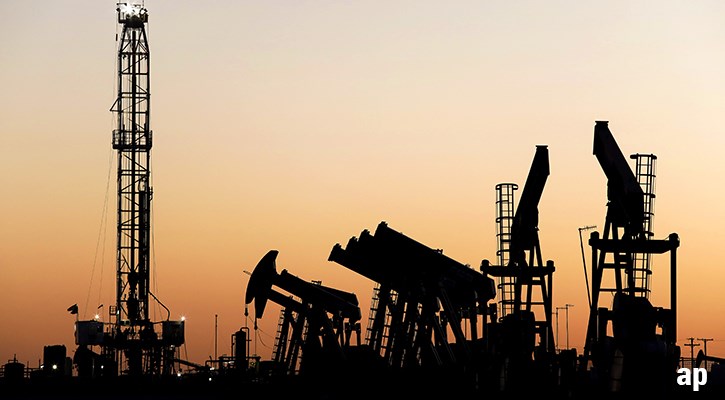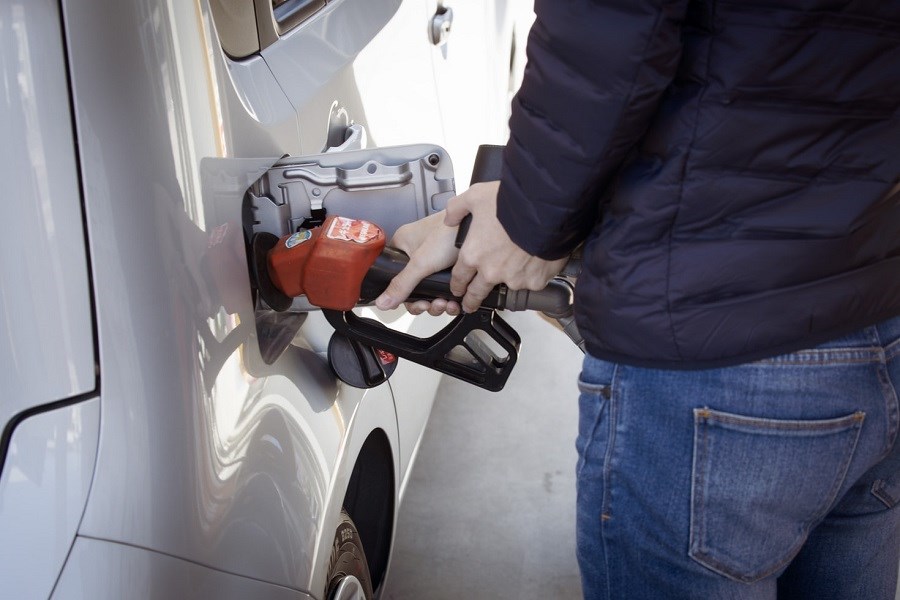
Given the discussion around achieving net-zero carbon emissions by 2050, many analysts are having a hard time forecasting oil demand. Rather than projecting a base case, most are simply throwing up their hands and instead electing to present a variety of scenarios.
That's the gap we aim to fill in our latest Energy Observer by providing a high-quality base-case forecast. We aim to address what we think will actually happen to oil, not what is needed to bring about decarbonization or other goals.
We project oil demand to peak around 2030, with demand decreasing only gradually after that--an overall 11% decline through 2050, as shown below. This oil demand forecast comes in spite of our upbeat views on electric vehicles (which will slash road fuels demand), because not every part of oil demand can be electrified.
On the whole, this puts us closer to the bulls than the bears on oil demand.

Our Views on Oil Demand Versus Consensus by Sector
- Passenger cars/light-duty vehicles: Our bullish views on electric vehicles lead us to be markedly below the consensus business-as-usual case. We're expecting that electric vehicles will climb to 57% of the vehicle fleet by 2050, which will in turn bring oil demand for this sector to 26% of its 2018 level. However, we're above the consensus bear average, mainly because we're far more pessimistic on efficiency gains for internal combustion engine, or ICE, vehicles. Consensus may be misled on this issue owing to faulty data. ICE vehicles' real-world efficiency gains have severely lagged officially reported values in the past 20 years, a fact that has been almost entirely ignored by other forecasters.
- Road freight: We forecast that in 2050, oil demand in this sector will be at 16% of its 2018 level--a view that puts us closer to the bears. This is because the conventional wisdom is relatively pessimistic about electrification of freight trucks, whereas we think that freight trucking (including, eventually, long haul) is actually an ideal candidate for electrification.
- Ships and planes: With a forecast that oil demand in 2050 will be 13% of its 2018 level, we're way ahead of even the consensus business-as-usual average in this sector. The consensus business-as-usual view incorporates very rosy assumptions around efficiency gains as well as unduly pessimistic views on air travel and marine freight volumes. For planes, we see very little ability for oil to be disrupted by substitute fuels owing to exorbitant costs. For ships, we think displacement of oil by green ammonia will be modest.
- Petrochemical feedstock: Here, we forecast that oil demand in 2050 will be 12% of its 2018 level. That means we're way above the business-as-usual average despite our incorporating optimistic assumptions around recycling uptake (which will reduce demand for virgin plastics). The consensus forecasts here are generally light on detail, but they seem to imply a plastics demand that's far below historical trends along with unrealistic assumptions around recycling.
Oil Demand Forecasts by Product
We also break down our views on oil demand by product, which follow from our sector forecasts, in the chart below. For example, gasoline demand is virtually synonymous with light-duty vehicle fuel, as is jet fuel with aviation fuel.
We expect oil demand to peak around 2030. After that, demand will fall as electric vehicle penetration of cars and trucks cuts into gasoline and diesel demand at a fast pace. Still, the rate of total oil demand decline will be moderated by continued growth in demand for jet fuel and petrochemical products.

Oil Demand by Geography: The Impact of Emerging Economies
We also uncover additional insights when we explore oil demand through a geographic lens.
We project emerging economies to grow from 53% of oil demand in 2019 to 66% of demand in 2050. In particular, we expect demand from emerging economies excluding China to grow a cumulative 19% by 2050 compared with 2019 levels, while China's demand shrinks 17%. Demand for the United States, Europe, and other advanced economies falls 35%.
China gets a lot of attention from oil markets, reflecting the fact that it accounted for over 40% of oil demand growth from 2000 to 2019. Now, the narrative has flipped as China has leaped to the leading edge on electric vehicle adoption and other trends that will cut into oil demand.
However, we don't expect China's falling demand to be a harbinger for other emerging economies. In particular, China's aggressive push into electric vehicles reflects idiosyncratic motives (namely the desire to dominate the global electric vehicle industry) that are less applicable to other emerging economies. Additionally, we think other emerging economies are less likely to possess the state capacity needed to electrify cars, trucks, and other industries as aggressively as China is now doing.

Another factor differentiating our views for emerging economies compared with advanced economies is simply gross domestic product growth. Like most economists' forecasts, we expect much faster GDP growth for emerging economies through 2050.
Carbon Policy Will Partly Shape the Future of Oil Demand, but Cost Is More Important
Our framework in this report emphasizes long-run cost trends for potential clean technologies to substitute for oil. By contrast, we think policy changes are less important to determining the future of oil demand. This is for two reasons:
- We don't expect very large increases in carbon taxes or other policies that impose massive costs on consumers, as we don't think such policies will be politically palatable in many areas.
- The impact of a given carbon tax or other policy on oil demand is driven by the extent to which green technologies are a good, cost-effective substitute for oil. Substitutability determines the price elasticity of oil demand, which determines the impact of carbon policies on oil demand. So, cost trends determine the extent to which carbon policies will even have an impact, if implemented. If no good substitutes to oil are available, then the price elasticity of demand will be relatively low, limiting the impact of carbon policy. By contrast, if substitutes for oil are able to achieve cost parity (as we expect with electric vehicles), then even gentle policy interventions can make a big difference.
That said, the strength of demand for oil makes the hunt for clean energy, as well as carbon capture technologies, even more pressing.
This year, at the COP26 climate summit, nations agreed to commit to reducing carbon, which causes global warming, by replanting forests and slashing emissions of methane, one of the most dangerous greenhouse gases. Next year, they'll meet again with the aim of declaring more robust goals centered around achieving net-zero emissions by 2050.
But emissions are outpacing the world's plans to limit global warming. In late October, a United Nations report found that current commitments for emissions cuts still leave the world on track for a global temperature increase of at least 2.7 degrees Celsius this century, even though nations have sought to cap that increase to 2.0 degrees or below.
But we urge investors to heed caution with expectations around these goals. While some oil demand forecasts do assume that goals outlined in the 2015 Paris Agreement will be achieved (including net-zero emissions by around 2050), our forecast is a realistic assessment of which policies will be implemented. The failure of prior goals (such as the Kyoto Protocol of the 1990s) demonstrates that we shouldn't take for granted that today's ambitious goals will be reached.




















